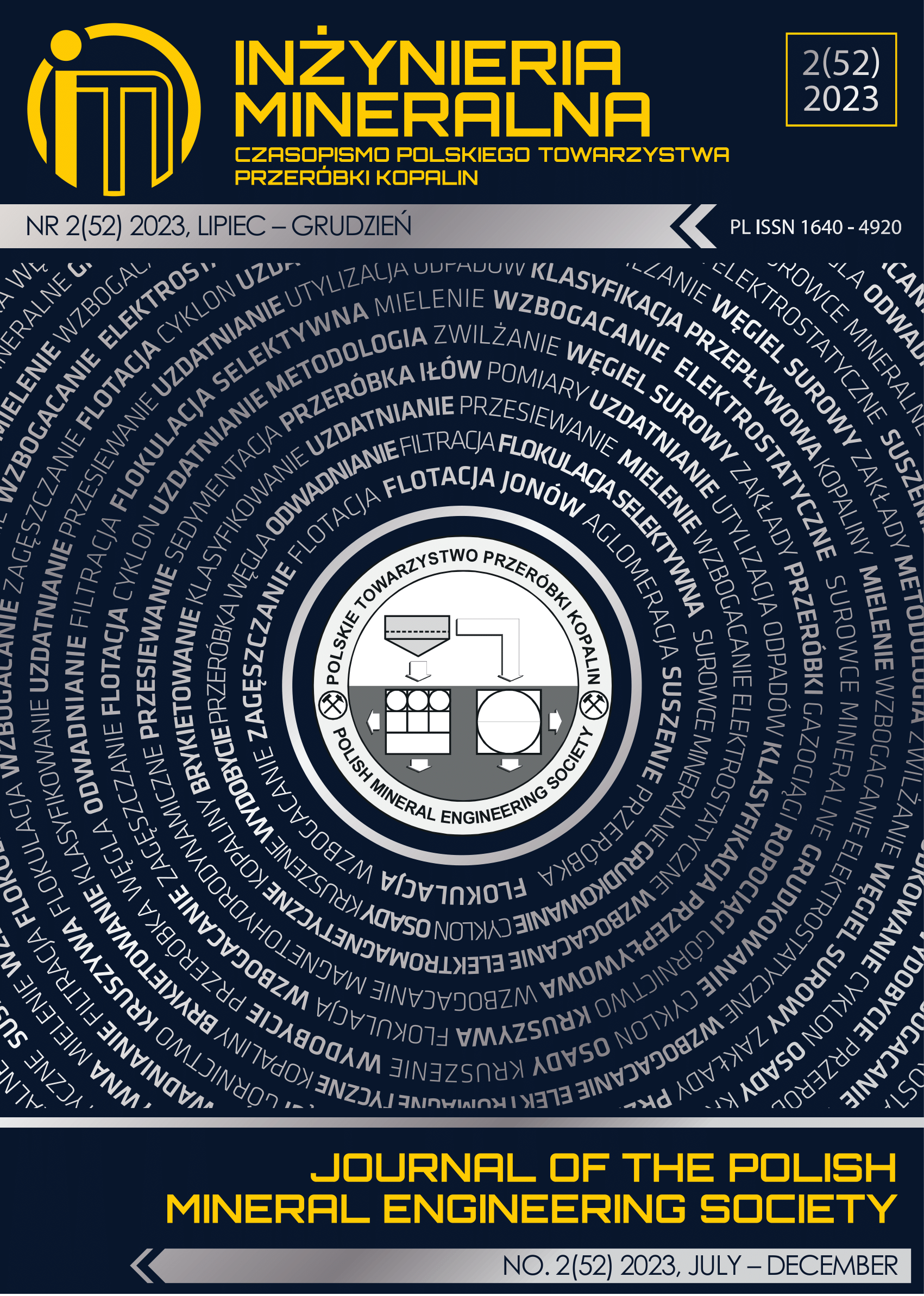Understanding Saltwater Origins and Mechanisms in the Coastal Aquifers of Da Nang Area (Central Vietnam)
Abstract
Saltwater intrusion in the rapidly developing city of Da Nang in central Vietnam is currently causing various water-related challenges,
including inadequate water supply and water pollution. An integrated SWAT-MODFLOW numerical model was used to investigate
the origin and mechanism of saltwater in Holocene and Pleistocene aquifers. Geophysical and isotopic approaches were used to validate
the SEAWAT model applied for simulating saltwater intrusion. The results suggest that the ebb and flow of tides, as well as water levels
in rivers primarily impact coastal aquifers. However, effective water resource planning and management, along with maintaining
the natural recharge of fresh water from local rain during the rainy season, could enable the rational and efficient utilization of
groundwater, reducing saltwater intrusion in many areas. During the dry season, groundwater is recharged from higher altitude areas.
The current saltwater intrusion mainly occurs along the rivers up to the hydraulic dam. Simulated models, using scenarios of stop
abstracting groundwater, but changing to the use of surface water for drinking water, show that the area of saline water shrinks quickly
after 30 years, reducing from 59.6 km2 to 39.5 km2 and from 40.2 km2 to 28.6 km2 in the Holocene and Pleistocene, respectively.
Copyright (c) 2023 Thao Bach NGUYEN,Nhan Dang DUC,Bang Duc DAO

This work is licensed under a Creative Commons Attribution-ShareAlike 4.0 International License.
This journal permits and encourages authors to post items submitted to the journal on personal websites or institutional repositories both prior to and after publication, while providing bibliographic details that credit, if applicable, its publication in this journal.







.png)
